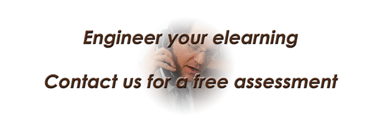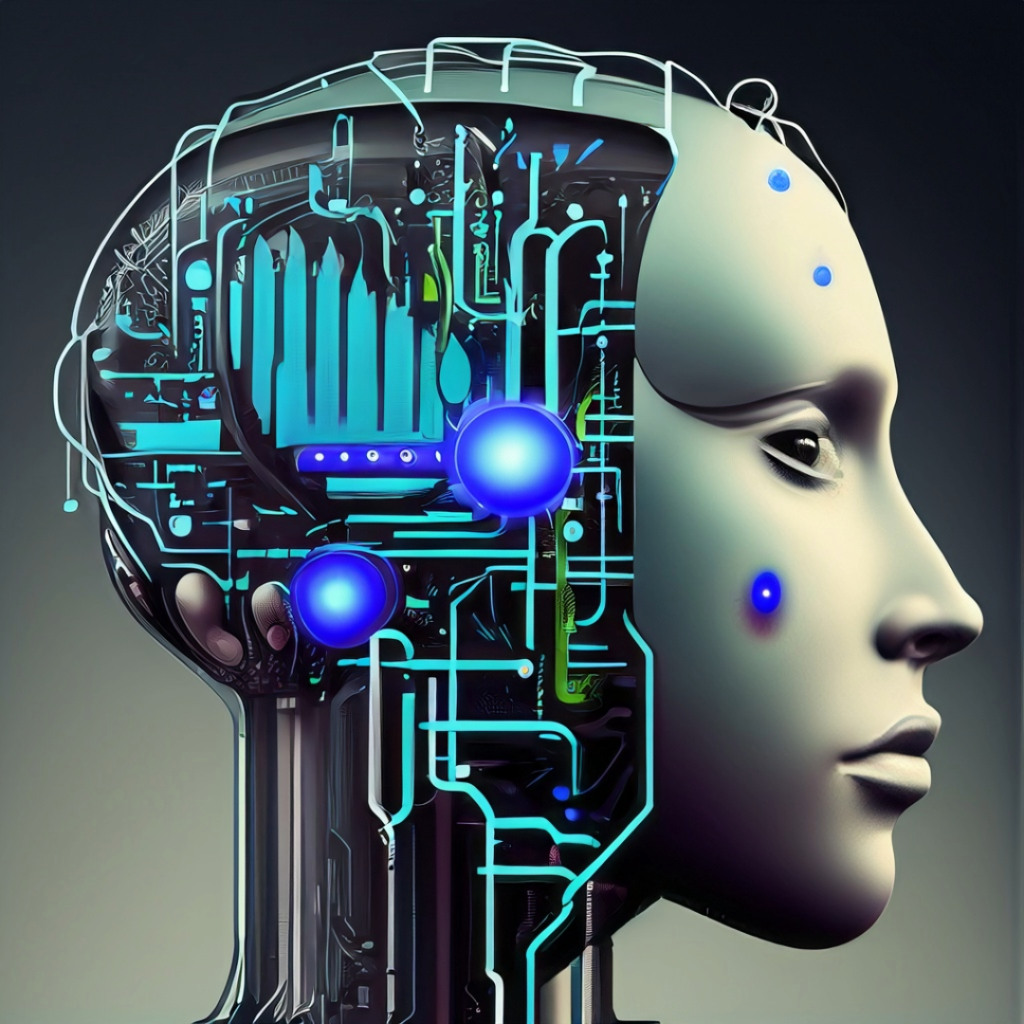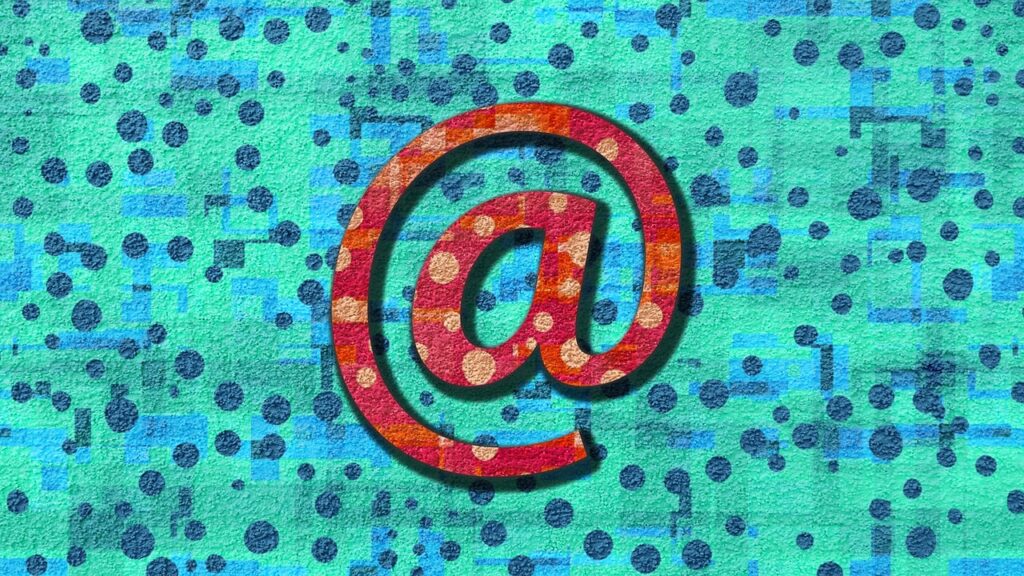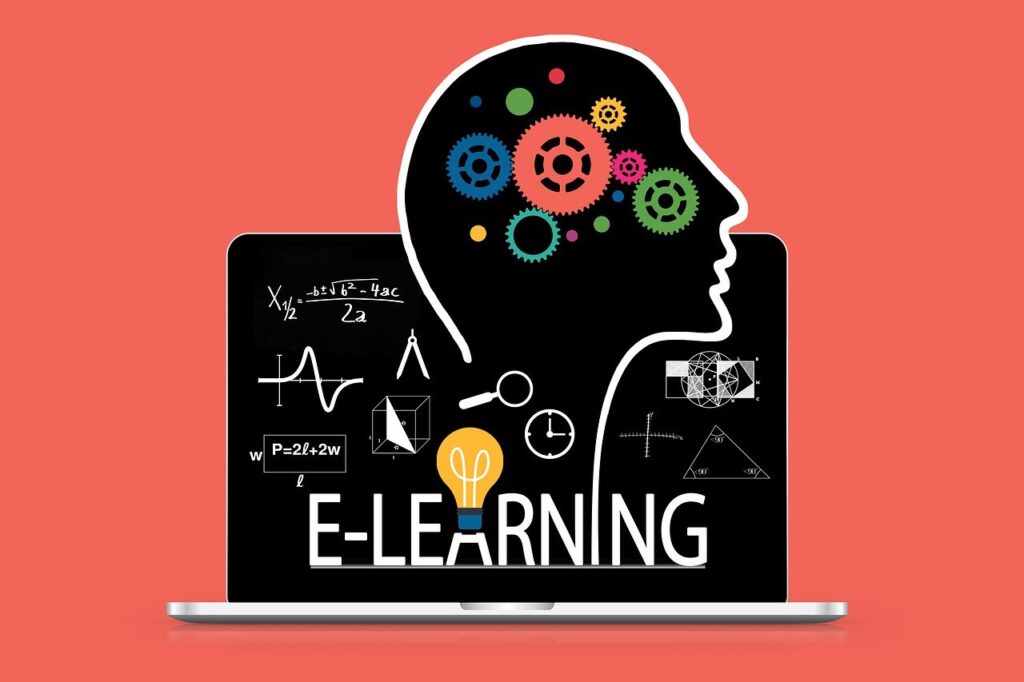We still don’t have people predicting the future, we still don’t have future prediction coaches (neither eLearning courses) but this 2024 is shaping up to be the artificial intelligence (AI) year. We are seeing the rise of ChatGPT as a tool to create content, students also use it for research purposes. But there are many that are expressing concerns regarding this technology. In any way, we can see some trends and make some educated guesses but sometimes what we think will be big in the future either never happens or if it does, it is way in the future. Now let me try and explore some of what I believe are the 9 eLearning Trends that will grow during 2024.
Now, we must remember that many of these trends I will cover have already been in the news and in other publications (even some years ago.) So, I am not inventing the wheel here, but it is a good idea to keep them in mind. Also, the COVID 19 pandemic (check out my article about how the pandemic affected eLearning) was a big disruptor that, in the worst (or maybe the best?) of cases, it accelerated the adoption of these technologies and methods I cover in this post.
As technology continues to advance at a rapid pace, it is inevitable that the eLearning landscape will experience significant transformations. The future of eLearning holds great potential, with several emerging trends poised to shape the way we learn and acquire knowledge. Let’s delve into some of the top future eLearning trends.
Table of Contents
- Increase in the Use of Generative AI in eLearning
- The Common eLearning Content Creator
- Artificial Intelligence (AI) and Adaptive Learning in eLearning
- Microlearning and Mobile Learning
- Virtual and Augmented Reality (VR/AR) for eLearning
- Gamification for eLearning
- Social Learning and Collaboration
- Data Analytics and Learning Analytics Applied to eLearning
- Personalized Learning Paths
- Where is The Future of eLearning Going Then?
Increase in the Use of Generative AI in eLearning
Students and instructors are using generative AI tools for different reasons and for different goals. In no way they should use this tool as a substitution for critical thinking skills, originality, and authenticity. This will become a tool for research purposes since it has such a large body of knowledge. This will become a digital library that can communicate with users.
We have to be careful with the results produced by Generative AI tools, sometimes they get it wrong. But this could be a way to start things off. This could be an invaluable tool to find better sources of materials for research purposes.
In some ways, instructors can help students in using Generative AI tools effectively. For example, generating questions to get the best information is becoming a skill that is valuable for later applications in school or the workplace.
The Common eLearning Content Creator
It is undeniable that Generative AI such as ChatGPT has changed the game for content creation. Although those tools still have their limitations, it is clear you can now develop a whole online course using AI. This then democratizes the creation an online course, now you don’t need to be an expert to produce the content for an eLearning course, and since the technological tools required to make an eLearning course are also available to anybody with an internet connection, has exploded the production of courses for short training.
I see this as a plus because it provides users with more options for their education. Of course, the quality of these courses would need evaluation from consumers, just as when you purchase any other product. This will help a lot of people looking for quick reskilling for other positions for which they didn’t have any training.
Artificial Intelligence (AI) and Adaptive Learning in eLearning
Artificial Intelligence is revolutionizing eLearning by providing personalized and adaptive learning experiences. AI-powered algorithms analyze learner data to understand individual strengths, weaknesses, and learning patterns. Based on this analysis, the system can tailor content, pacing, and assessments to meet each learner’s unique needs, enhancing engagement and knowledge retention. At this point, this technology is out of reach for many. These systems tend to be very expensive. The trend I am seeing is that learning management systems (LMS) are moving into adding artificial intelligence for adaptive learning.
Of course, we cannot avoid the elephant in the room: generative AI. It has presented some challenges with educators. But I believe, in the end, they will learn to work with it in their classes. Sorry but there is no stopping this train anymore. We have seen the negative application of these technologies in the media. So, educators need to provide the ethics for the use of AI in the classroom.
Finally, as I mentioned in a previous post, many companies offer student monitoring services that schools and universities contract to decrease cheating during examinations. These services started with an actual human being proctoring the exam or activity live, through a webcam and microphones. I saw how it started with data analytics of student behavior during proctoring and now it has exploded with the use of AI to monitor students. This will continue to grow to probably using robots for jobs that humans either don’t want to do or that poses a danger to them.
Microlearning and Mobile Learning
I have seen this one being “predicted to grow big” repeatedly every year, I guess we can give some pointers on how this is going. We already know that microlearning involves delivering bite-sized, concise learning modules that can be easily consumed on various devices, including smartphones and tablets. As attention spans shrink and learners seek on-the-go access to knowledge, microlearning and mobile learning offer flexible and convenient options. These formats provide quick bursts of information, fostering continuous learning and just-in-time training. This has been implemented a lot in corporate training.
Many educational learning management systems (LMS) offer the downloadable app version of the LMS so students can access their courses any time through their smart devices. On top of that, learners can download content that they can check out later, even if they are offline. Students can download videos, slide decks, notes, PDF files, reading materials, and other resources they may need for later studying.
The instructional design principles and eLearning best practices still apply for course design for mobile learning, but the content layout and technology part of it requires additional considerations. Remember that you are creating educational content for small screens, so you wouldn’t want your students to generate cognitive overload by having a screen congested with content. I wouldn’t recommend you offer assessments and activities through mobile devices. If you decide to do so, try and make bite-sized activities, instead of long ones.
Virtual and Augmented Reality (VR/AR) for eLearning
This is relevant now since we learned some days ago that Apple unveiled their new VR headset (and a pricey one, I might add.) Virtual and augmented reality technologies have the potential to transform eLearning experiences by creating immersive and interactive environments (check out my previous post on VR for eLearning.) VR allows learners to engage in realistic simulations, enhancing practical skills and knowledge retention. AR overlays digital information onto the real world, enabling contextual learning experiences. These technologies can be particularly beneficial for subjects requiring hands-on training, such as healthcare, engineering, and technical skills.
We must remember that VR is just another tool for eLearning, you should not center the design of your eLearning course around the technology (don´t put the carriage before the horse, I guess?). I have previously posted about this technology and its role in eLearning, check it out. If the course calls for a learning activity that can use this technology (for example, and anatomy class, a simulator for driving a forklift in a warehouse), then you may include in your course as a way to achieve a learning objective, or goal.
Now, we must remember that augmented reality and VR are not the same, so you must be careful not to use both terms as synonymous. In virtual reality you usually wear some kind of device that isolates your senses from the real world (a headset, for example). In augmented reality, you do need a device (such as phone app) but you are not necessarily isolated from your environment. Some cools things you can do with both technologies involve integrating gamification. For example, you can create a scavenging hunt that involves accumulating points or increasing levels of difficulty, with the purpose of achieving a learning goal.
Gamification for eLearning
Or you can use gamification or game mechanics for learning activities without the use of VR or AR. Gamification is the integration of game elements and mechanics into non-gaming contexts, such as eLearning. By incorporating elements like leaderboards, badges, challenges, and rewards, gamification makes learning more enjoyable, competitive, and engaging. It motivates learners, encourages active participation, and boosts knowledge retention.
You need to invest some time and resources to plan and develop these games, if not, they will probably do more harm than good. You will need an instructional designer or eLearning designer, with knowledge of how to make these games for eLearning courses, in your team. These projects are resource intensive (check my post on making gamification work in eLearning); the costs are usually driven by the cost of the technology. It is not cheap to make these products, but it is easy to make them incorrectly, so be careful here.
You will spend a lot of time storyboarding your games (check out my post on how to storyboard in eLearning.) Planning is very crucial for gamification to work in eLearning. You need to calibrate the difficulty in your game so students can perform in such a way that they learn. It would be frustrating for them to try your game and find out it is too difficult for them to complete. Or worse, it is too easy, and they breeze through it with little learning (this happens a lot with students that have experience in the subject.)
Social Learning and Collaboration
This has been applied in eLearning a lot, and it works, in my experience. Social learning leverages the power of social media and online communities to facilitate knowledge sharing and collaboration. Discussion forums, social networks, and peer-to-peer interactions enable learners to connect, exchange ideas, and learn from one another. Collaborative learning activities, such as group projects and virtual team exercises, foster teamwork, problem-solving, and critical thinking skills.
In a previous post I talked about the use of social learning in medical education, but this works for many other subjects. In eLearning, social learning can manifest in two distinct ways: direct and indirect interactions among students. Direct interactions involve personal communication, such as participating in an eLearning webinar. On the other hand, indirect interactions encompass exchanges through social networks, email, and similar platforms.
As mentioned above, the one goal of social learning is to foster collaboration among students, as I described in a previous post. One useful way to implement social learning is to allow for competition inside activities for groups, you can keep scores, achievements, and track performance of each group. Of course, I am talking about gamification, which is not easy to implement. It requires resources and planning to make it work, but it will be effective for social learning.
Another element that can help with social learning is the use of blogs, forums, chat sessions, discussion boards, to allow students to participate in discussing subjects related to the matter the instructor is teaching. As an instructor, you could start with prompts or discussion seeds that can make students collaborate with their own ideas. Remember that you should not leave these spaces to grow on their own. They need your feedback and comments to perceive they are making progress, or to determine which areas they need to improve on.
Data Analytics and Learning Analytics Applied to eLearning
It is only recently that data and learning analytics (D&LA) made their way into education. It has been many years since corporate and talent training implemented D&LA to build a full profile for an employee, where HR can assess the kind of training an employee need and the areas where they need to improve on. All of this, through the analysis of the data produced during training in an LMS and the data gathered from surveys and tests collected from in-person training.
The availability of vast amounts of data allows eLearning platforms to leverage analytics to gain insights into learner behaviors, preferences, and performance. Data analytics and learning analytics enable educators to track progress, identify knowledge gaps, and tailor learning experiences accordingly. These insights help optimize instructional strategies, content delivery, and assessment methods, ultimately improving learning outcomes. Most of all, data is now helping make decisions regarding design and structure of eLearning courses.
Personalized Learning Paths
For eLearning, personalized learning is an educational philosophy derived from the globally recognized concept of reversed or ‘flipped’ learning (check out my post on Flipped Learning), tailored specifically to the Finnish context. It offers a theoretical framework that enables the treatment of each learner as a unique individual, even within the constraints of large and diverse online classes for eLearning settings commonly found in educational institutions and employment training programs.
The future of eLearning emphasizes personalized learning paths that cater to individual needs, preferences, and learning styles. Although I have seen listed as one future trend for many years over, it is still relevant. Adaptive learning technologies, combined with robust data analytics, can assess learner proficiency levels, and recommend personalized content, resources, and learning activities. This tailored approach fosters self-directed learning, increases engagement, and ensures learners receive content that matches their specific requirements.
In the learning process, establishing goals and receiving feedback play pivotal roles. The learning path serves as a tangible and easily comprehensible roadmap, outlining a series of objectives intended to lead learners from their current level of knowledge to a more advanced level of proficiency. By incorporating self-assessment and peer-review alongside the learning path, learners gain a deeper understanding of their own abilities, fostering a greater sense of autonomy and ownership in their educational journey.
I have found that communicating with a learner can help develop a series of learning goals, and this helps personalize a learning path for eLearning. For example, a worker may have three years on the job but they still struggle with the basics of the job. Maybe the onboarding process was not effective in this case, and there are no opportunities for mentoring this employee. This is a case where personalized learning helps the employee catch up and improve their productivity with a learning path that favors their preferences, learning styles, and pace of learning.
Where is The Future of eLearning Going Then?
This list is by no means exhaustive. There are sectors where the interest on the future of eLearning is tilted towards a particular need (for example, the needs in corporate training are different than higher education.) The future of eLearning is characterized by transformative technologies and methodologies that enhance engagement, personalization, and effectiveness.
We forecast that generative AI, content creation for eLearning using AI, artificial intelligence, adaptive learning, microlearning, mobile learning, virtual and augmented reality, gamification, social learning, data analytics, and personalized learning paths are among the top trends that will shape the eLearning landscape in 2024. By embracing these trends, educators and learners can harness the full potential of technology to create immersive, flexible, and effective learning experiences in the years to come.
I hope this answer helps in explaining the future trends in eLearning, which are, in my opinion, the most important to watch out for. If you would like to receive notifications for new content or access to exclusive content, sign up to our mailing list using the form in this page. Please, leave a comment below, share this post, like this post. Thank you for reading.











